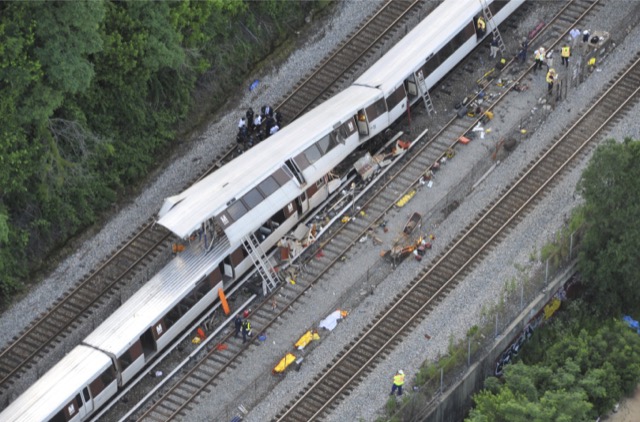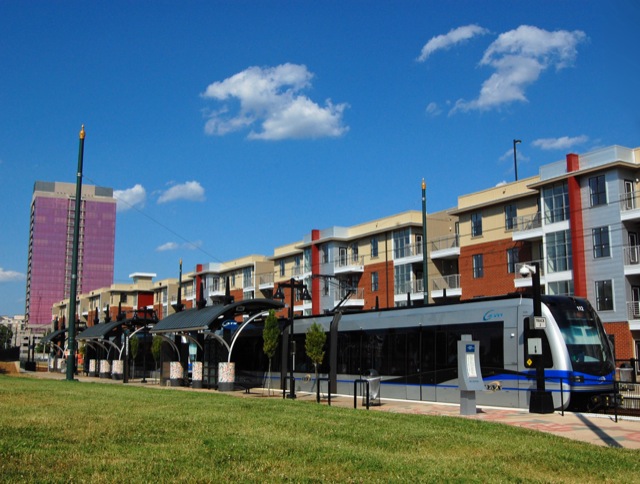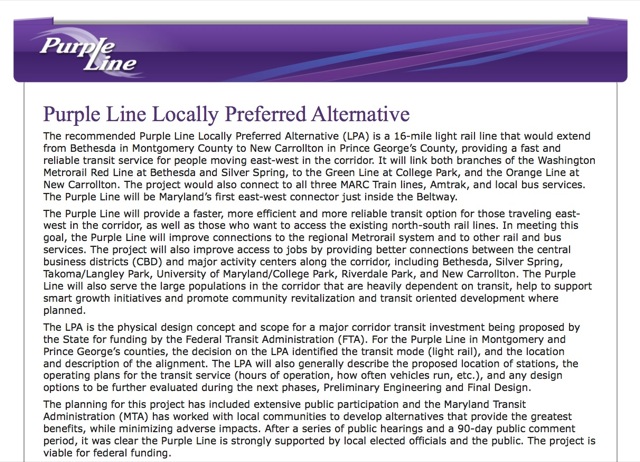Eight years ago, the Antiplanner argued that San Jose’s Valley Transportation Authority was the nation’s worst managed transit agency, a title endorsed by San Jose Mercury writer Mike Rosenberg and transit expert Tom Rubin.
However, since then it appears that the Washington Metropolitan Area Transit Authority (WMATA or just Metro) has managed to capture this coveted title away from San Jose’s VTA. Here are just a few of Metro’s recent problems:
- Metro’s numerous service problems include a derailment in August that resulted from a flaw in the rails that Metro had detected weeks previously but failed to fix;
- Metro spent hundreds of millions of dollars on a new fare system but now expects to scrap it for lack of interest on the part of transit riders;
- One of Metro’s power transformers near the Stadium/Armory station recently caught fire and was damaged so badly that Metro expects to have most trains simply skip that station stop for the next several weeks to months;
- Metro’s fleet of serviceable cars has run so low that it rarely operates the eight-car trains for which the system was designed even during rush hours when all the cars are packed full;
- WMATA’s most recent general manager, Richard Sarles, retired last January and the agency still hasn’t found a replacement, largely due to its own ineptitude;
- Riders are so disgusted with the system that both bus and rail ridership declined in 2014 according to the American Public Transportation Association’s ridership report;
- Metro was so unsafe in 2012 that Congress gave the Federal Transit Administration extra authority to oversee its operations;
- That hasn’t fixed the problems, so now the National Transportation Safety Board (NTSB) wants Congress to transfer oversight to the Federal Railroad Administration, which supposedly has stricter rules.










